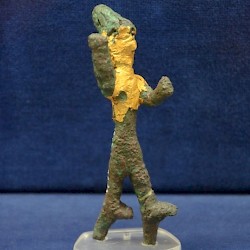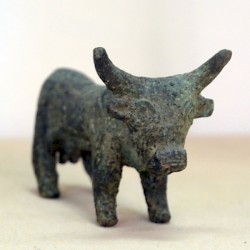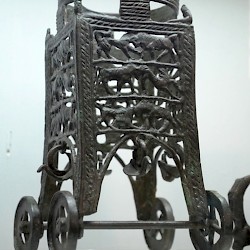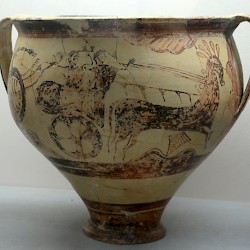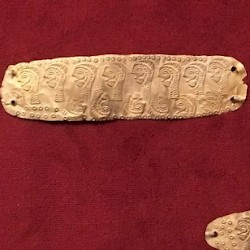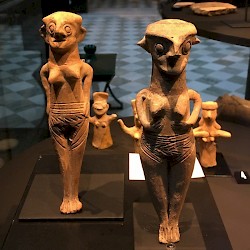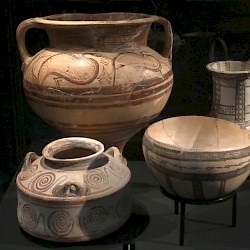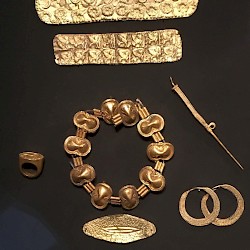Enkomi
Q23068938Enkomi: Bronze Age settlement in eastern Cyprus.
Middle Bronze Age
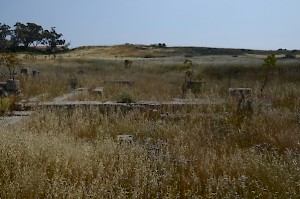
Rich in copper and situated between three continents, Cyprus has always been an important node in an international trade network. Enkomi, close to modern Famagusta in eastern Cyprus, was one of the main centers. The oldest finds date back to the first quarter of the second millennium BCE and are contemporary with Egypt’s Middle Kingdom.
This period, the Middle Bronze Age, came to an end in about 1700 BCE. Egypt was, in this age, ruled by the Semitic-speaking Hyksos (“rulers from foreign countries”), and although Cyprus was never occupied by these people, the trade routes between Syria and Egypt may have changed and may have left Cyprus impoverished. In any case, Enkomi offers few finds from the seventeenth and sixteenth centuries BCE.
Late Bronze Age
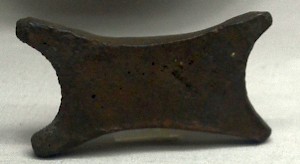
Enkomi becomes archaeologically “visible” again after c.1550 BCE, when Egypt had been reunited by the kings of the Eighteenth Dynasty (the “New Kingdom”), and may have started to buy copper again. Among the other customers must have been the cities of the Levant like Ugarit, Byblos, Sidon, and Tyre. After c.1400 BCE, the Mycenaean Greeks became interested in Cypriote copper as well, and although they will initially have been more interested in the western part of Cyprus, they were present in Enkomi too.
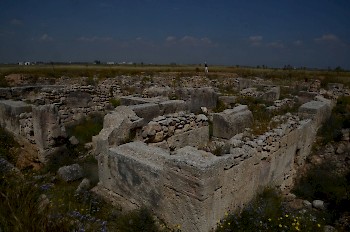
Enkomi, perfectly accessible for merchants from Anatolia, the Levant, and Egypt, became a prosperous town, which had to protect its treasures with a strong and impressive wall. It consisted of a double row of blocks of natural stone, the space between them filled with rubble. Several tombs from this period, the Late Bronze Age, also display a quite impressive wealth. Important public buildings from this age are the "House of the Pillar" and the monumental "House 18", which betrays some Mycenaean influences. Copper-smelting was done in the northern part of the city.
Alashiya
Egyptian, Ugarite, Hittite, Akkadian, and Mycenaean sources refer to a kingdom “Alashiya”, which certainly was on Cyprus. Several letters found in Amarna, the fourteenth-century capital of Egypt, were sent by the Alashiyan court and discuss the exchange of copper, silver, and ivory.
It is not clear, however, whether Alashiya covered the whole of Cyprus or was just one of several kingdoms, and it is also unclear whether Enkomi was the capital of Alashiya. A town called Alassa (north of modern Limassol, ancient Amathus) is another plausible candidate. It is closer to the copper mines of the Troodos mountains.
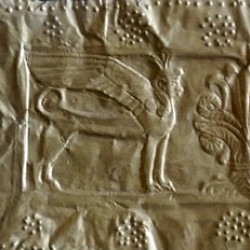 Enkomi, Late Bronze pectoral with sphinxes |
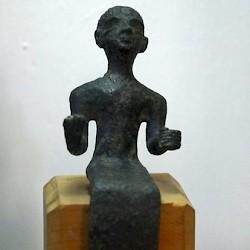 Enkomi, Building 18, Statuette of a Seated deity |
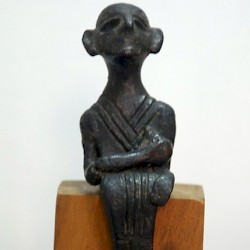 Enkomi, Building 18, Statuette of a Seated deity |
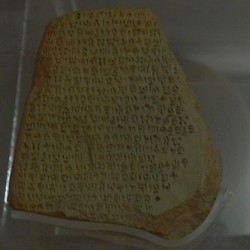 Enkomi, Tablet in Cypro-Minoan script |
Twelfth Century
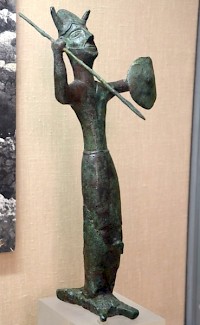
In about 1200 BCE, the Bronze Age system started to disintegrate in a crisis that is not well-understood and is usually called the age of the “Sea People”. Enkomi was among the towns that were sacked in the first quarter of the twelfth century. After the fall of the palaces of Greece, which happened at the same time, Mycenaean aristocrats migrated to Cyprus, which they knew from the existing trade contacts. In western Cyprus, they settled in Maa-Palaiakastro. Other Mycenaean migrants, together with people from Anatolia, appear to have settled in Enkomi. Together with the survivors from the original city, they rebuilt Enkomi on a grid-iron plan.
Enkomi, no longer a prosperous city but still an important town, remained inhabited during the twelfth century, even though the Hittite kingdom had disappeared and Egypt’s New Kingdom was falling apart. Copper trade was no longer a source of wealth; the Bronze Age was coming to an end and the Iron Age was beginning. House 18, which had been destroyed by fire, was repaired and subdivided into smaller units.
Still, in spite of the poor economy, new monuments were built, like the Sanctuary of the Ingot God, who is named after the ingot that is his pedestal. He may have been the protector of the copper industry and it is perhaps no coincidence that his temple was close to the place where copper was melted. If Enkomi was the capital of Alashiya, the account of the travels of an Egyptian diplomat named Wen-Amun documents that the city was ruled by a princess.
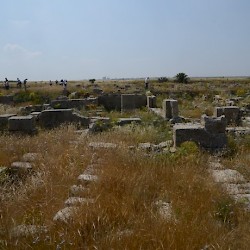 Enkomi, Temple of the Ingot God |
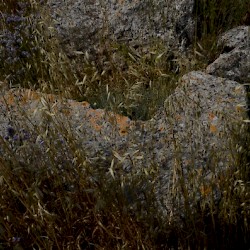 Foundation of the edge of a house |
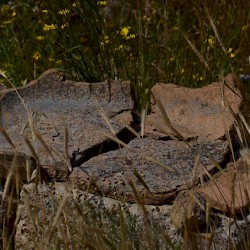 Enkomi, Remains of bathtub (?) |
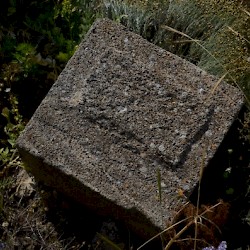 High-quality masonry |
Although the eastern Mediterranean was now in decline, Enkomi continued to look to the sea. When the city was destroyed by an earthquake (in c.1050 BCE), the people resettled on the coast, in what was to become Salamis, one of the major urban centers in the ancient Mediterranean world. The Salaminians continued to remember their origin: their royal tombs were built along the road from Salamis to ancient Enkomi.
Between East and West
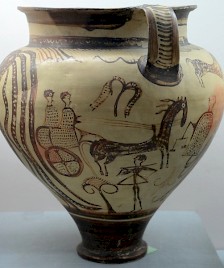
Among the many interesting finds from Enkomi is the "Zeus krater", which can be dated to the early fourteenth century. It is decorated with two large octopuses, but the most interesting part can be seen below one of the handles: a chariot with two men. The chariot is of course a common motif in ancient Near Eastern art, and so are the trees and animals in the background. However, there is a third warrior below the chariot; a fourth figure, dressed in a long robe, is standing in front of the chariot, holding a pair of scales.
The man with the scales appears to be known from Homer's Iliad as well: it may be Zeus, who consults the golden scales (kerostasia) to establish the outcome of a fight.note If the identification of the man on the krater and the Greek supreme deity is correct, this piece of pottery is one of the earliest known representations of a motif also known from Greek mythology.
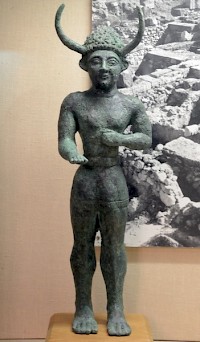
A similar point can be made about the splendid Minoan-style Horned Deity, who may be the Apollo Keraïtas, the "horned Apollo", who is also known from later Greek sources. The statue is about sixty centimeters tall and was found in the "Ashlar Building". It is possible that Enkomi, settled by Mycenaean colonists, documents the Bronze Age origin of certain Greek beliefs that are better known from later historical periods.
Still, we must not overstress the Greek nature of Enkomi. The sitting deities found in House 18 and shown above, for example, better fit an oriental context. They may represent the ancient supreme deity El (and may have influenced later representations of Zeus). Something similar can be said about the small statuette of a bronze bull from Enkomi: a type of sculpture well-known from the Levant.note Another oriental deity from Enkomi is the "smiting god", which clearly imitates a Syrian deity (best known from Ugarit) that is usually identified as Ba'al. All this being said, we can conclude that Enkomi offers an interesting mix of oriental and Greek Bronze Age civilizations.
